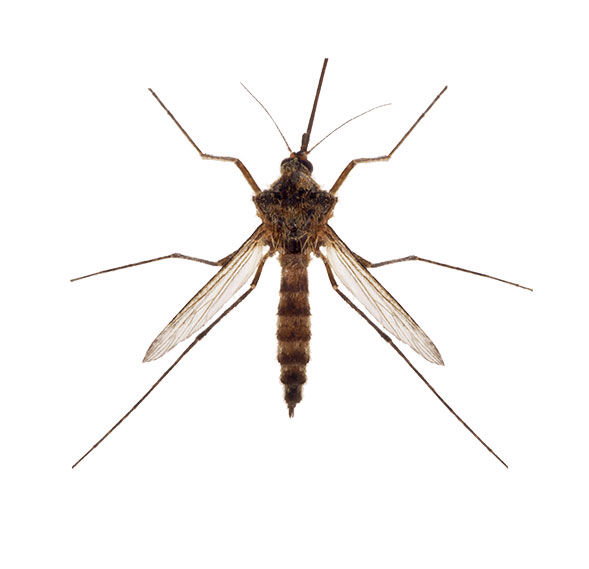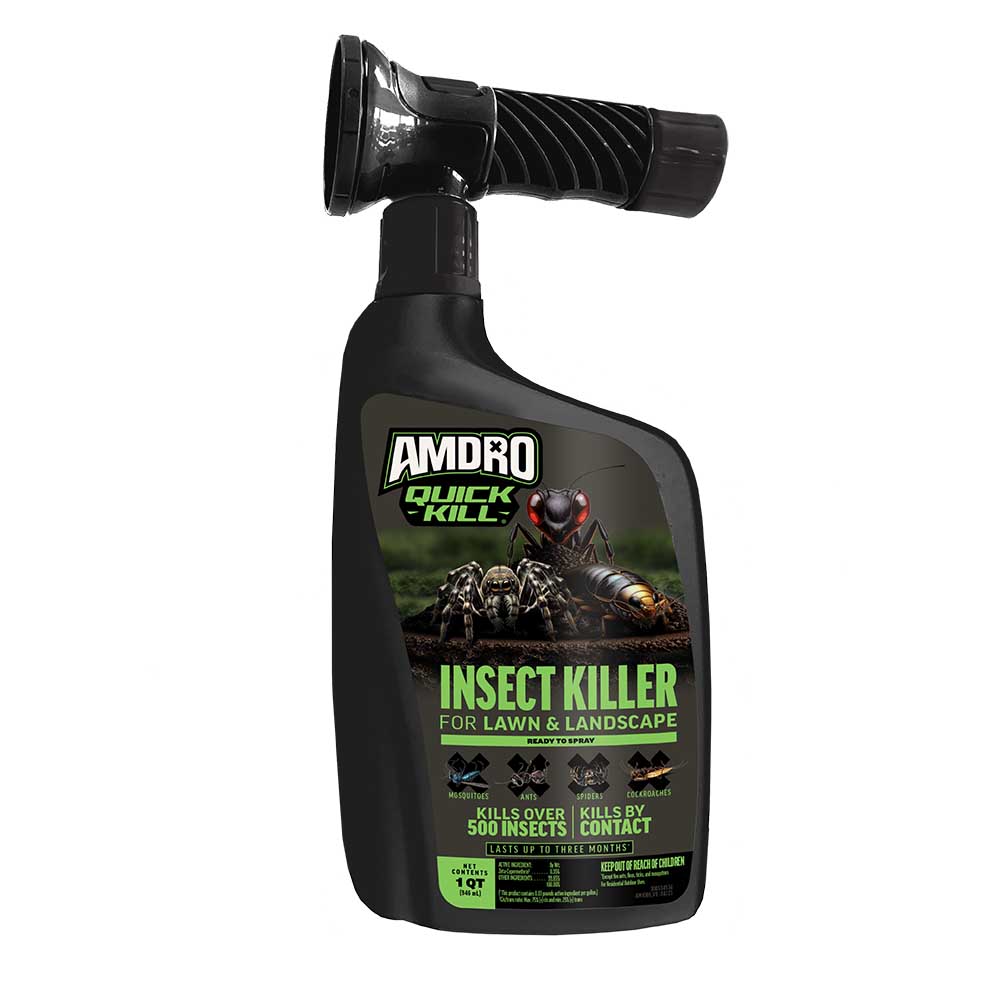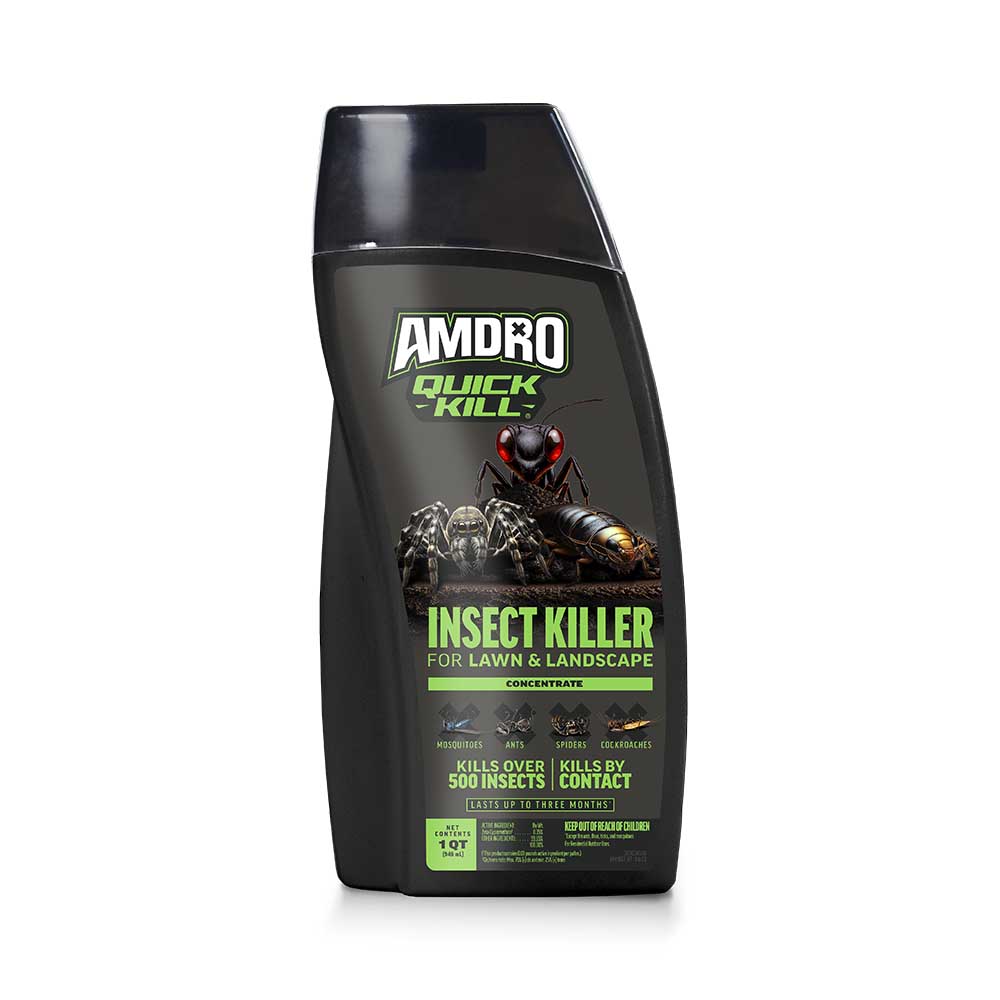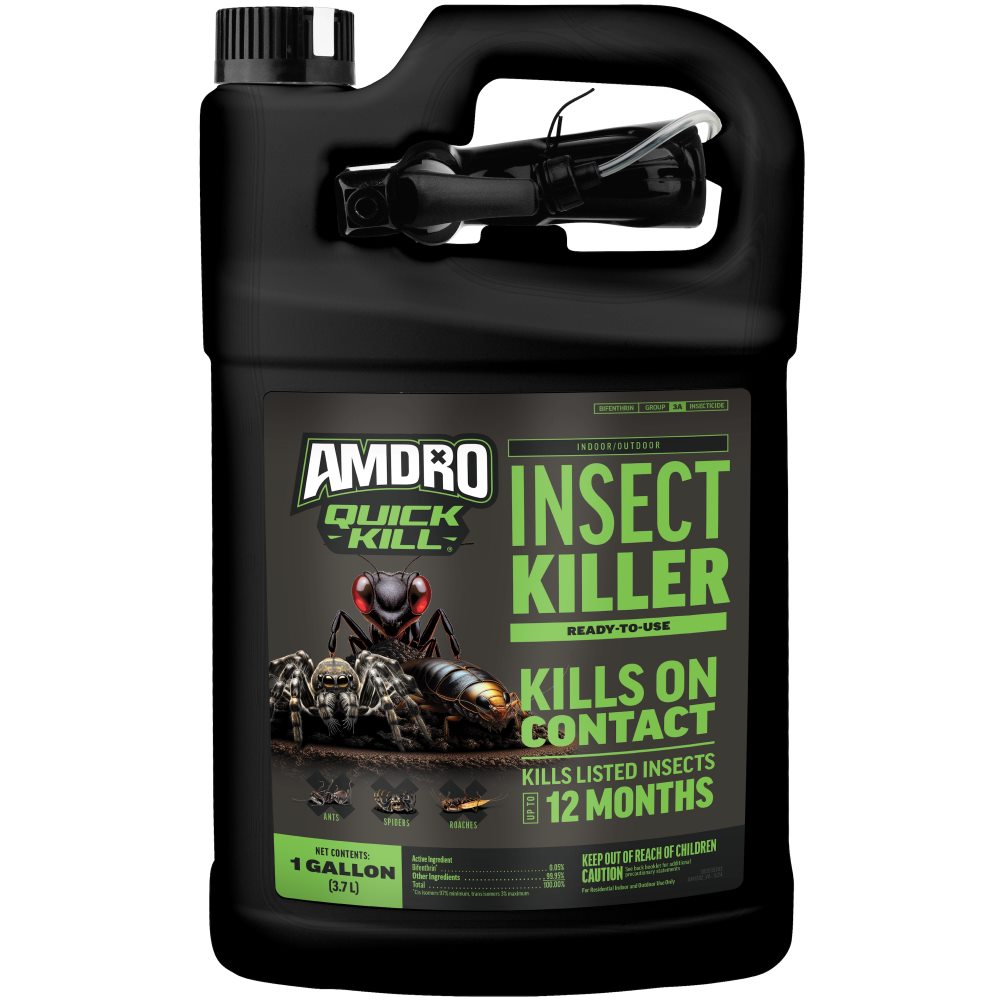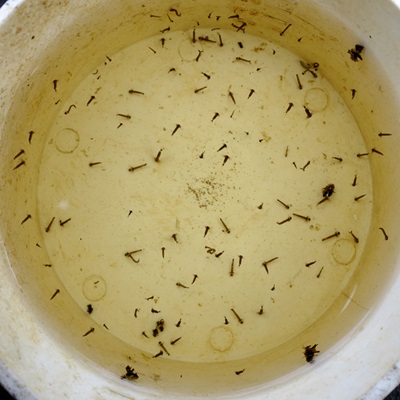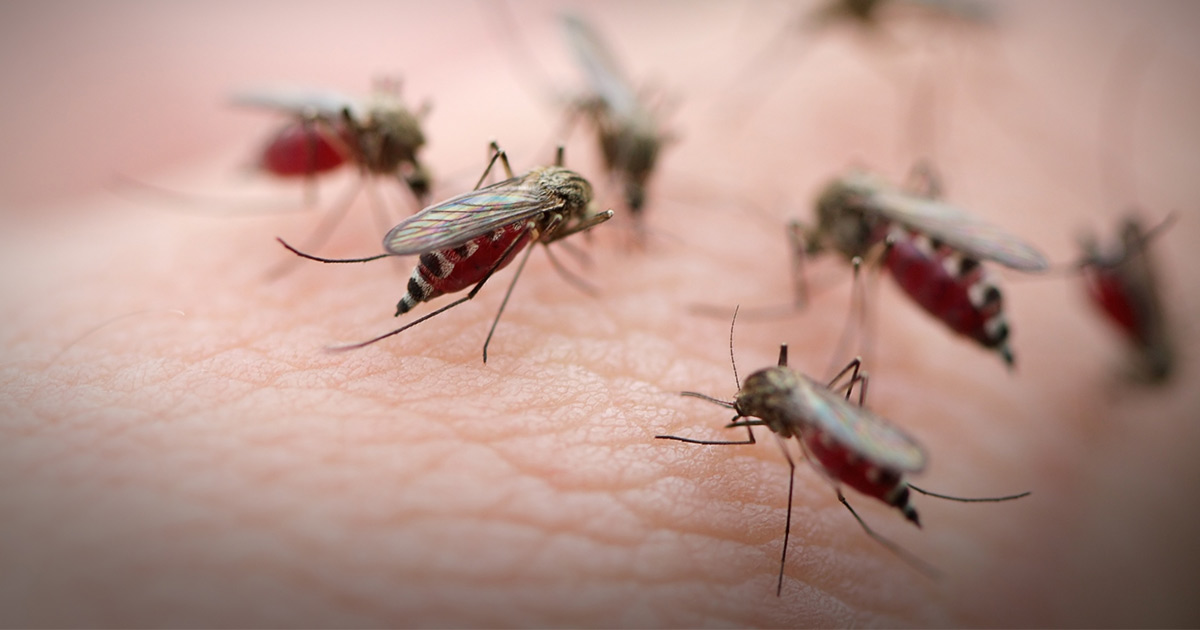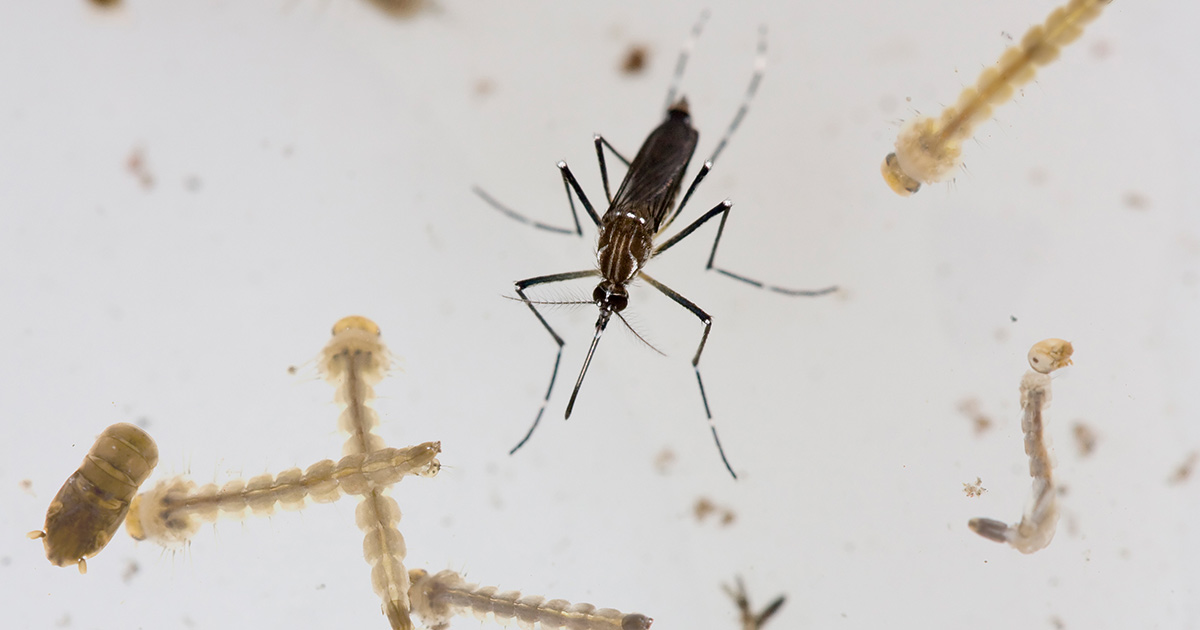Mosquitoes
MOSQUITO IDENTIFICATION
In recent years, mosquitoes have gone from nuisance pests to known vectors of deadly disease. Non-native mosquitoes have joined North American natives and brought new dangers with them.
Adult mosquitoes grow about 1/4 inch long. These slender pests have six legs, three distinct body segments — head, thorax and abdomen — and two transparent, veined wings. Three species of mosquitoes are of special concern when it comes to the transmission of disease-causing pathogens:
- Culex mosquitoes – Typically thought of as common mosquitoes, these brownish pests transmit the pathogens behind West Nile virus and Eastern equine encephalitis. They typically bite during evening and nighttime hours.
- Aedes mosquitoes – This exotic species transmits pathogens associated with multiple diseases, including Zika virus and dengue. They have striking black and white markings and bite during daytime instead of at night.
- Anopheles mosquitoes – Also known as malaria mosquitoes, these pests transmit the parasite behind that disease. Dark brown with four dark wing patches, they raise their abdomens high in the air when they bite and feed in the evening.
Some insects, such as crane flies, look similar to mosquitoes. But none of these lookalikes bite and feed on blood.
SIGNS OF MOSQUITOES
Buzzing, biting and itchy swollen skin are the calling cards of adult mosquitoes, but it pays to focus on signs of these pests in the early stages when they’re still eggs:
- Raft-like clusters of white to brown mosquito eggs that float on top of stagnant water signal Culex mosquitoes at work.
- White eggs, which quickly turn black, that sit right above the water line in water-holding vessels indicate Aedes mosquito.
- Individual eggs that darken in color as they float separately on the water's surface point to Anopheles mosquitoes.
When mosquito eggs hatch, the caterpillar-like mosquito larvae hang suspended by their rears below the water. Common Culex and exotic Aedes mosquito larvae hang perpendicular to the water surface. Anopheles larvae hang parallel to the water line.
HOW TO CONTROL MOSQUITOES
- Amdro Quick Kill® Insect Killer for Lawn & Landscape Ready To Spray and Amdro Quick Kill Insect Killer for Lawn & Landscape Concentrate work in minutes to kill mosquitoes that threaten your family fun. These fast-acting products kill mosquitoes by contact for same-day control.
- Amdro Quick Kill Indoor/Outdoor Insect Killer Ready-To-Use, available in quart and gallon sizes with trigger sprayers, kills adult mosquitoes and other listed pests on contact. Just shake the sprayer container, and you’re ready to go. One application keeps protecting against mosquitoes and other listed pests for up to 12 months.
MOSQUITO CONTROL TIPS
Mosquitoes can turn even a thimbleful of water into a breeding ground. Monitor your property carefully and remove all unnecessary or undesirable water to prevent the next adult mosquito generation.
Always read product labels and follow the instructions carefully.
Amdro and Amdro Quick Kill are registered trademarks of Central Garden & Pet Company.
Pest Gallery
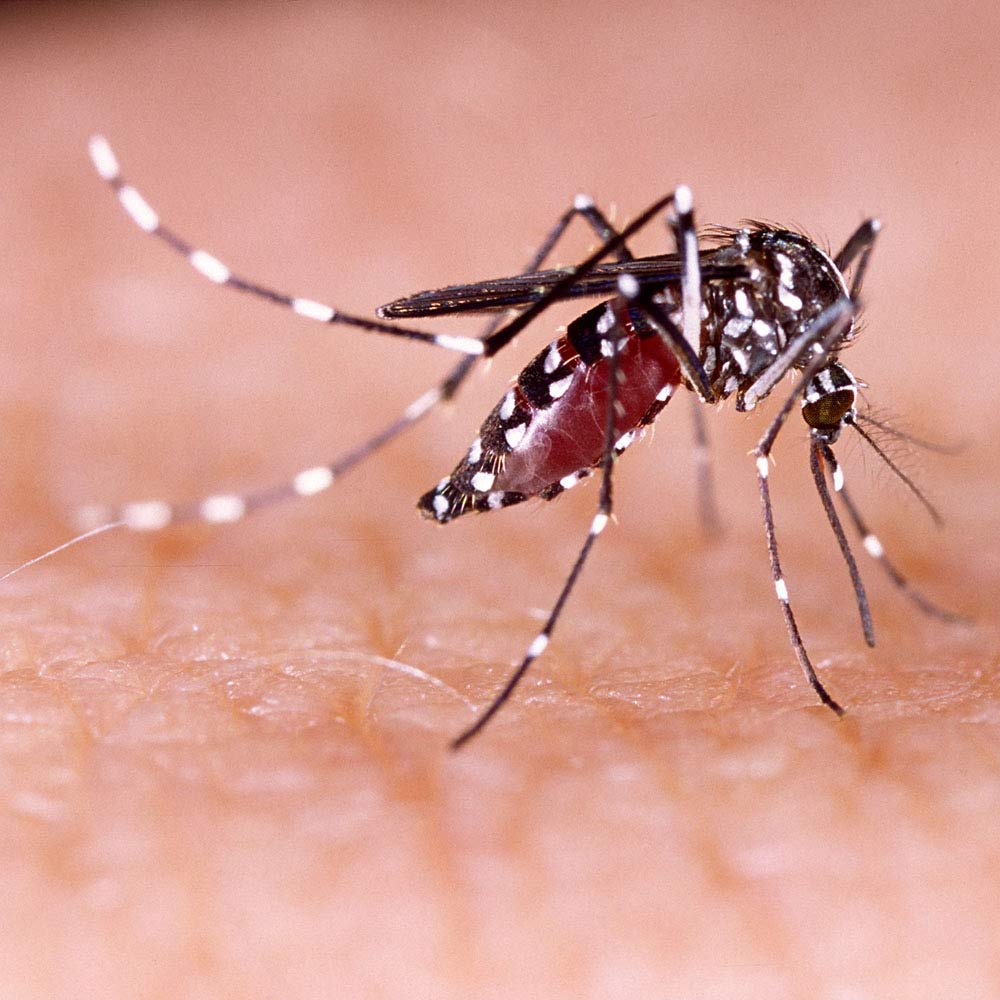
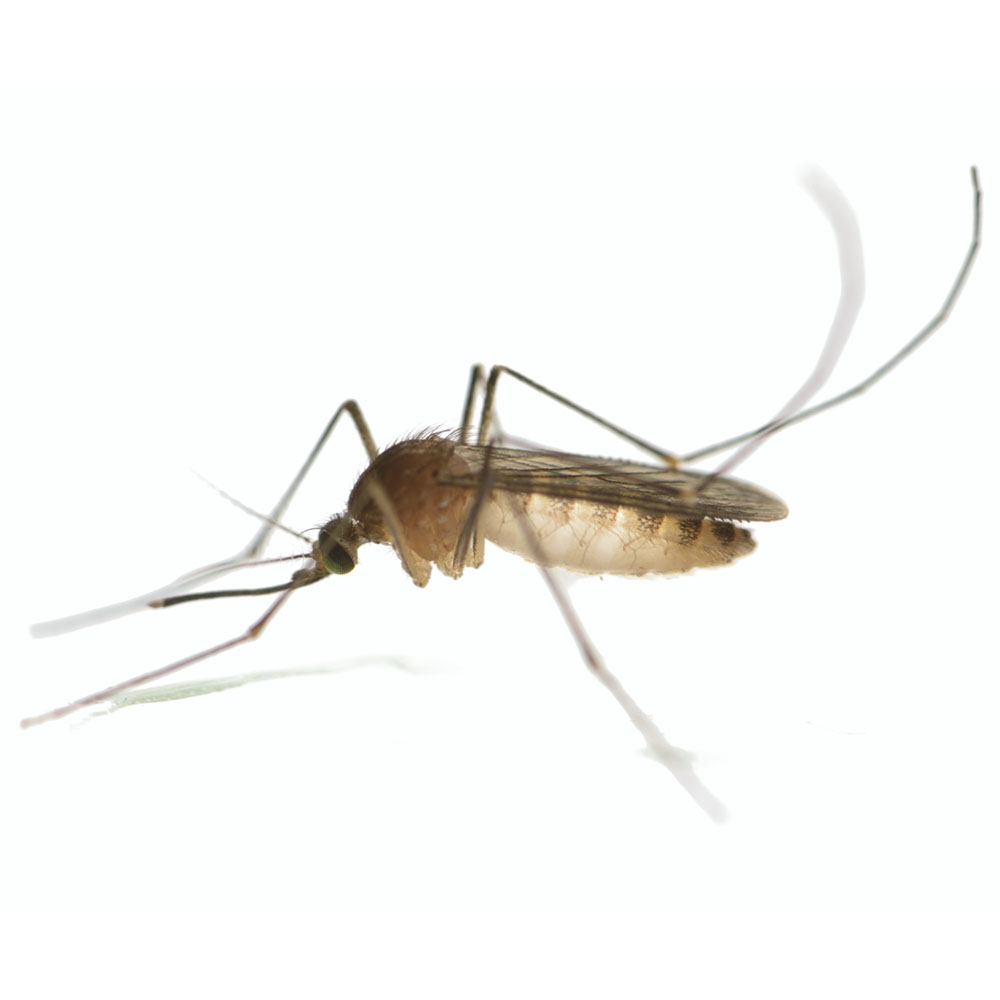
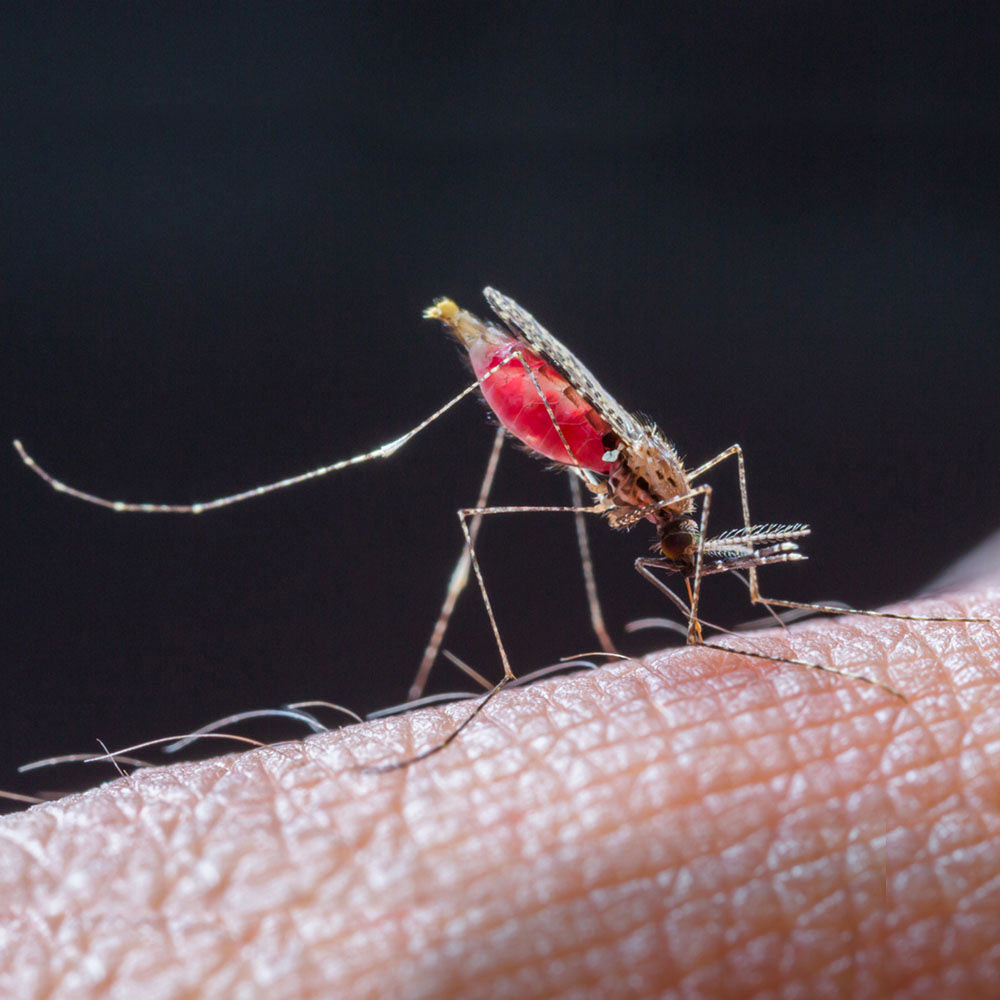

Is this not your insect?

